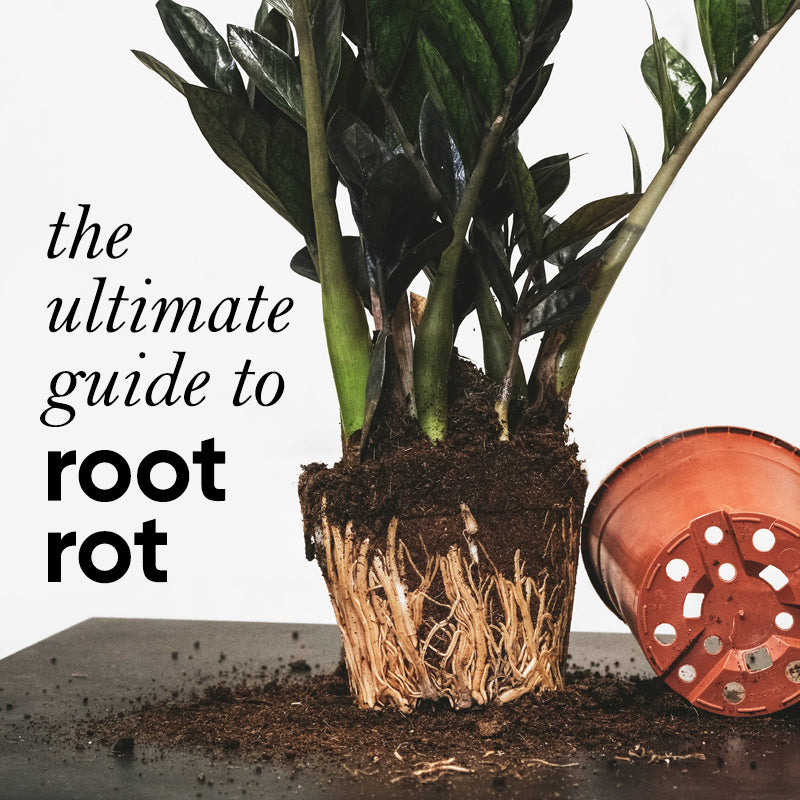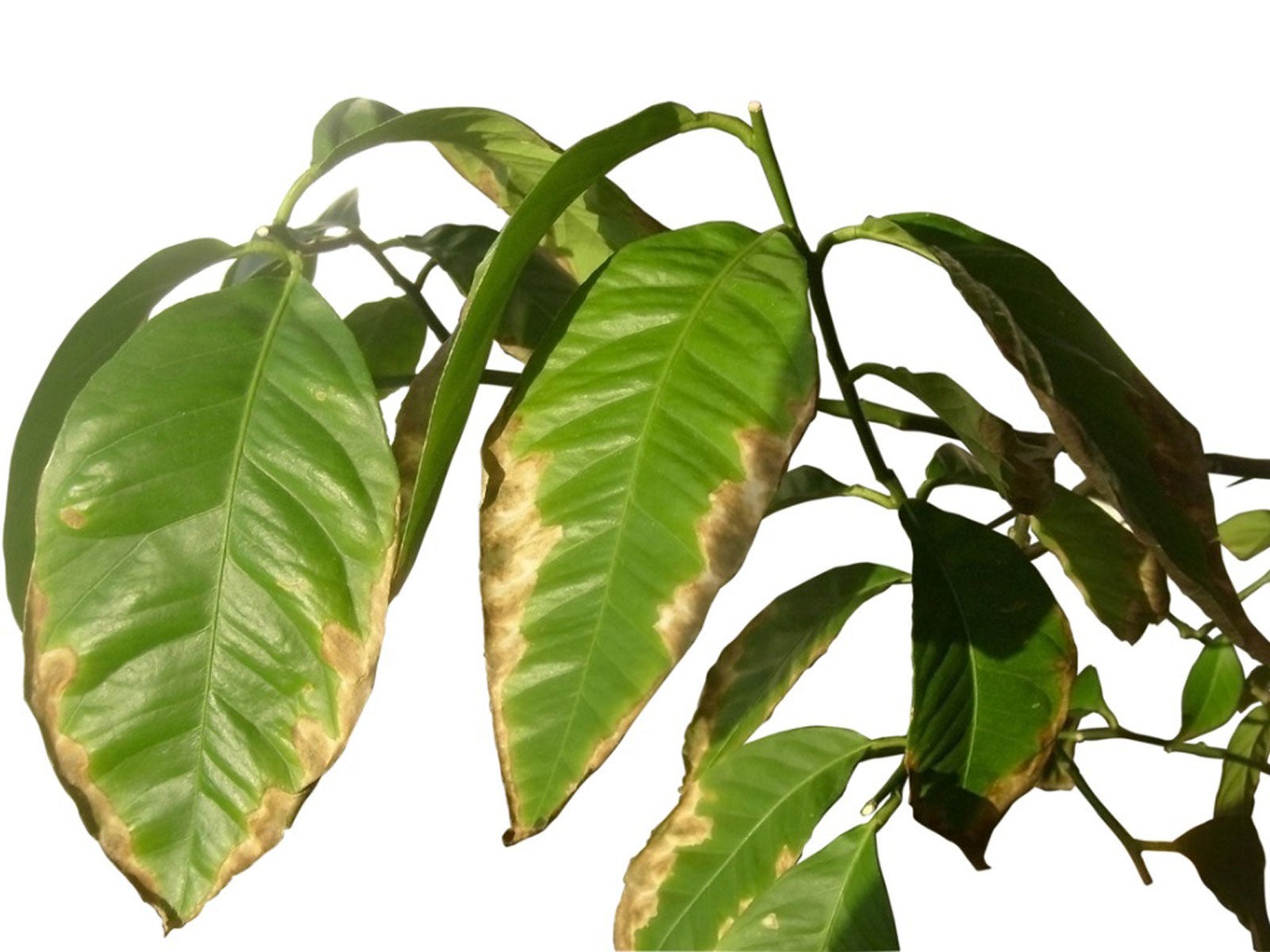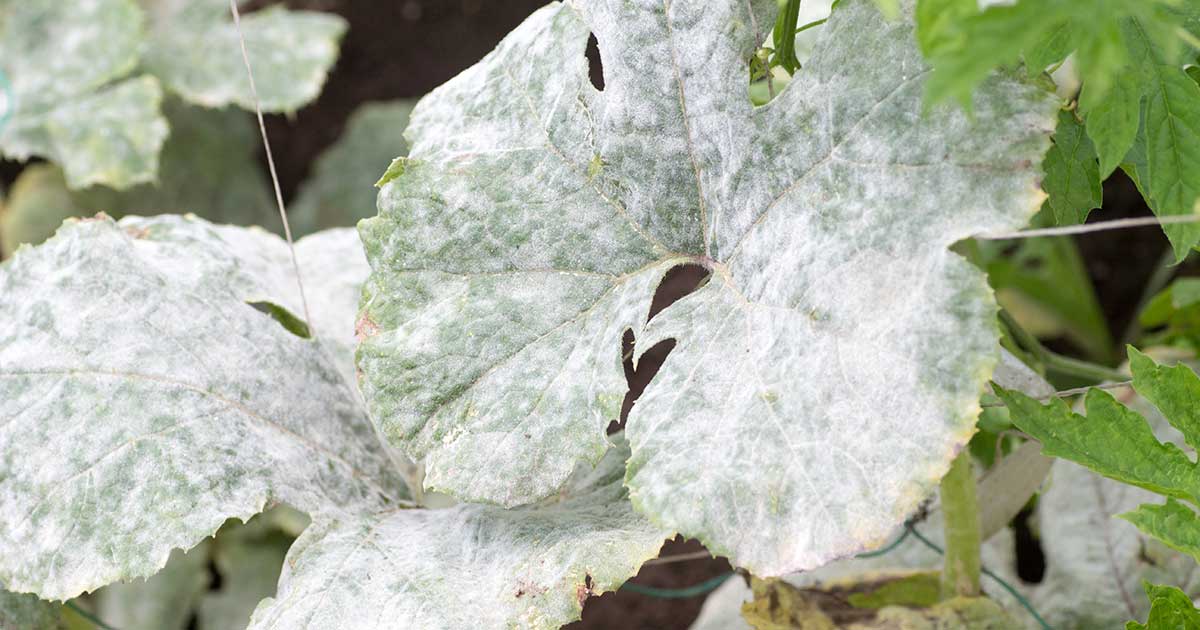How to Treat a Plant with Mushy Roots
Discovering that your plant has mushy roots can be disheartening, but fear not! With the right care, you can potentially save your beloved plant. Mushy roots are often a sign of overwatering or poor drainage, both of which can suffocate the plant’s roots and lead to root rot.
Here are some steps you can take to treat a plant with mushy roots:
1. Assess the Damage
Before taking any action, carefully examine the plant’s roots to determine the extent of the damage. Gently remove the plant from its pot and inspect the roots – healthy roots should be firm and white, while mushy roots will be soft, discolored, and possibly have a foul odor.
2. Trim the Affected Roots
Using a clean pair of scissors or pruning shears, carefully trim away any mushy or rotting roots. Trim until you reach healthy, firm roots. It’s important to remove all affected roots to prevent the spread of root rot.
3. Repot the Plant
Choose a new pot with proper drainage holes and fresh, well-draining soil. Gently place the plant in its new pot and fill in with soil, making sure not to cover the plant’s stem. Water the plant lightly and allow excess water to drain out of the pot.
4. Adjust Watering and Drainage
To prevent future root rot, adjust your watering routine and ensure the plant’s pot has adequate drainage. Water the plant only when the top inch of soil is dry, and avoid letting the plant sit in water-filled saucers.
5. Monitor and Care for the Plant
Keep a close eye on the plant and monitor its progress. Provide the plant with the right amount of sunlight, water, and nutrients to help it recover. With proper care, many plants can bounce back from mushy roots and thrive once again!
By following these steps and providing your plant with the care it needs, you can increase its chances of recovery and enjoy a thriving, healthy plant once more. Remember, prevention is key – so be mindful of your plant’s watering needs and provide it with the proper care it deserves.


